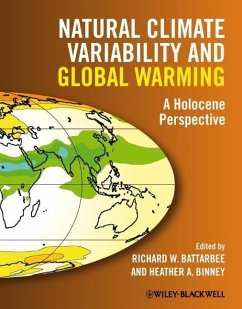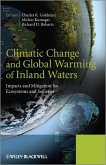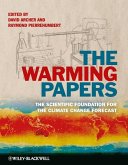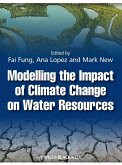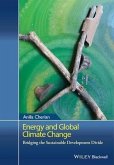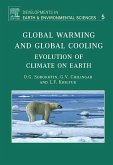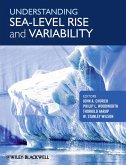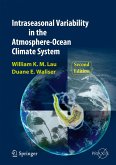Dieser Download kann aus rechtlichen Gründen nur mit Rechnungsadresse in A, B, BG, CY, CZ, D, DK, EW, E, FIN, F, GR, HR, H, IRL, I, LT, L, LR, M, NL, PL, P, R, S, SLO, SK ausgeliefert werden.
"Thisis an important book for understanding climate changes in a longerperspective." (Geologos,2010)
"This bookbrings together some of the most prolific names in their field tocreate a sound and interesting look into this area." (TheEnvironmentalist, November2009)
"It highlights the need to improve not only ourunderstanding of the physical system through time but also ourknowledge of human influence on the climate system and viceversa." (Bulletin of the American Meteorological Society, April 2009)
"Although aimed at 'researchers and advancedstudents', this layman found the book perfectlyaccessible." (Geoscientist, August 2009)
"The rapid climate change that seems to be occurring world-widemake this volume both timely and instructive, concentrating as itdoes on the Holocene period.... An essential addition for anmeteorological library." (The International Journal ofMeteorology, April 2009)
The Holocene, the interval covered by the last 12,000 years,represents a largely nonglacial period in Earth's climaticevolution. This book synthesizes the climate history of thisinterval and investigates the role of natural climate variabilityin explaining current global warming. The volume contains tenchapters written by experts in various aspects of past climatechange. Chapter 1 provides a short introduction and outlines theobjectives/contents of subsequent chapters. The next chapter, thelongest (51 pages), considers the progress, paradigms, and problemsin Holocene climate research. Chapter 3 addresses the fundamentalquestion of the human role in the changing climate of the Holocenewhile acknowledging that climate change itself has stronglyimpacted the history of civilizations. Our ability to predictfuture climate depends on our ability to reconstruct and model whathas already happened; chapter 4 explores this vital issue.Subsequent chapters examine some relevant intervals including theso-called Holocene thermal optimum, and evaluate and model whatnatural processes might have contributed to observed climatehistories. The final chapters assess rapid land-cover change andanalyze future climate change within the perspective of the last12,000 years. Includes chapter references, an eight-page index, anda three-page summary of abbreviations and dating conventions.Summing Up: Recommended. Graduate students, researchers,faculty, professional audiences. -- J. T. Andrews, University ofColorado at Boulder (Choice, February 2009)

